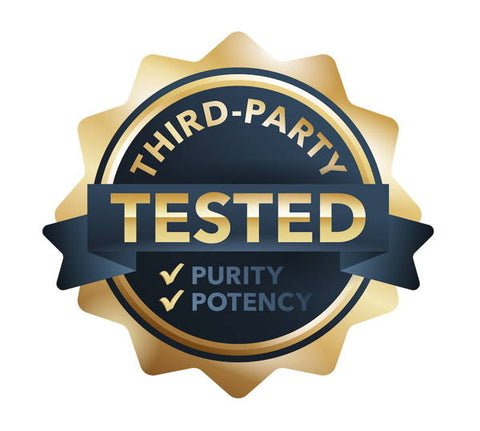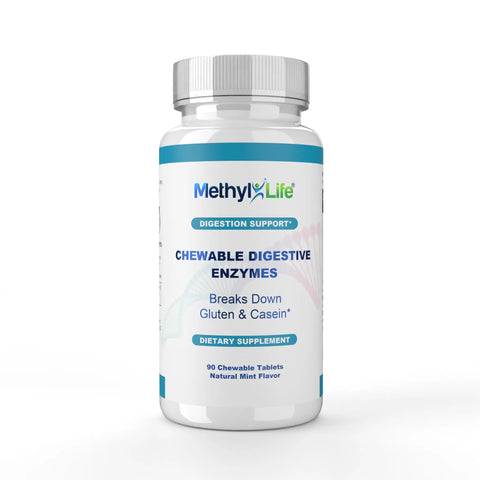What are probiotics and what do they do in the body?
Probiotics are beneficial strains of bacteria and yeasts that can be taken as supplements to support the gut microbiome.
They help to maintain the balance of gut flora by crowding out pathogens that could cause illness. Probiotics produce beneficial compounds such as short-chain fatty acids, which nourish the cells lining the colon and help maintain the integrity of the intestinal barrier.
Probiotics play a significant role in supporting immune system function, as around 70% of the immune system is located in the gut. They also help alleviate symptoms of irritable bowel syndrome, and help to prevent or reduce diarrhea (particularly antibiotic-associated diarrhea).
Certain probiotic strains may help lower cholesterol levels, support heart health, and even influence mental health through the gut-brain axis, and help maintain vaginal health in women.











